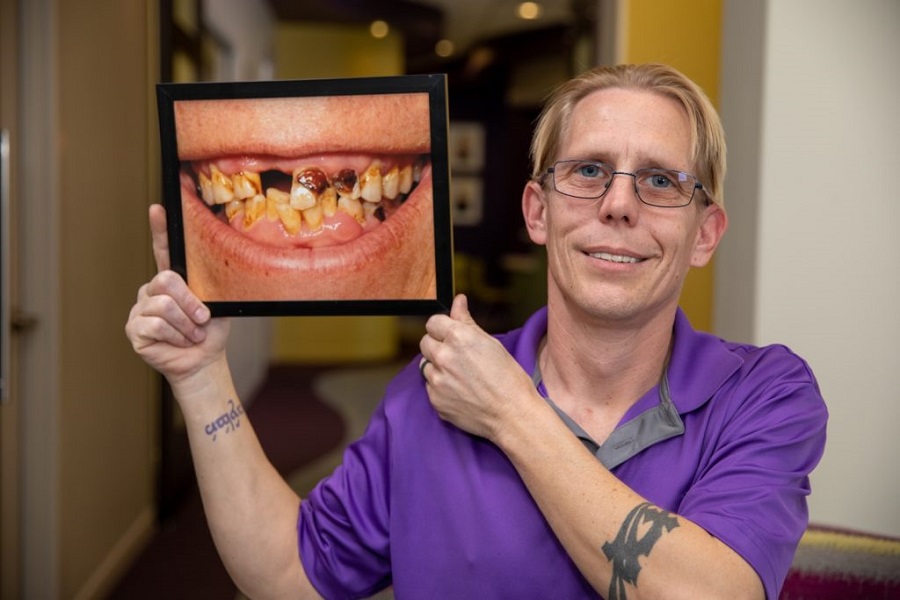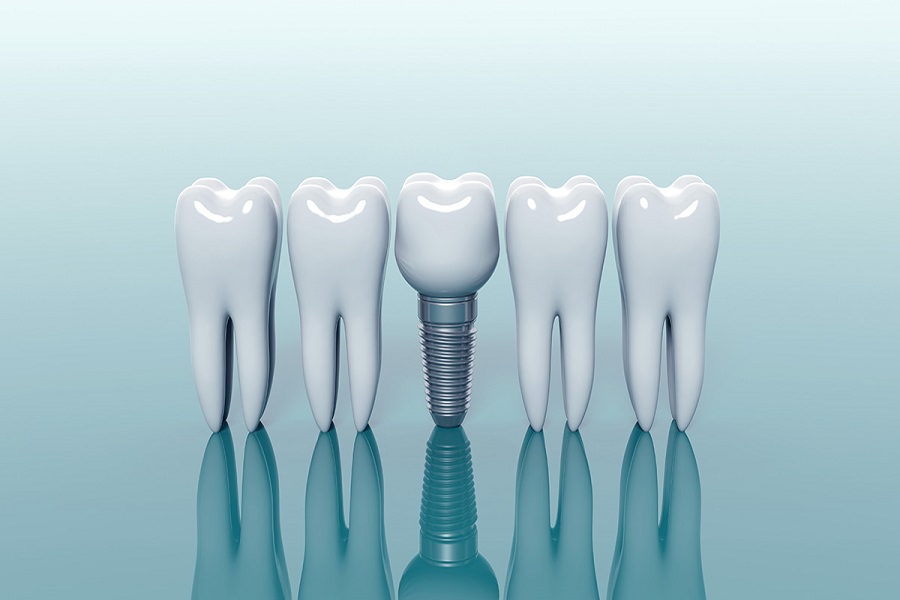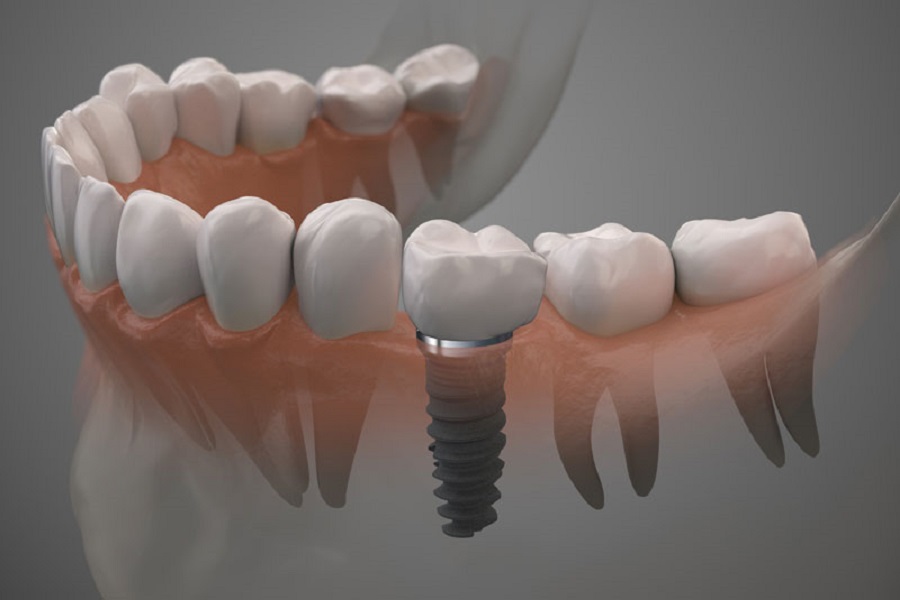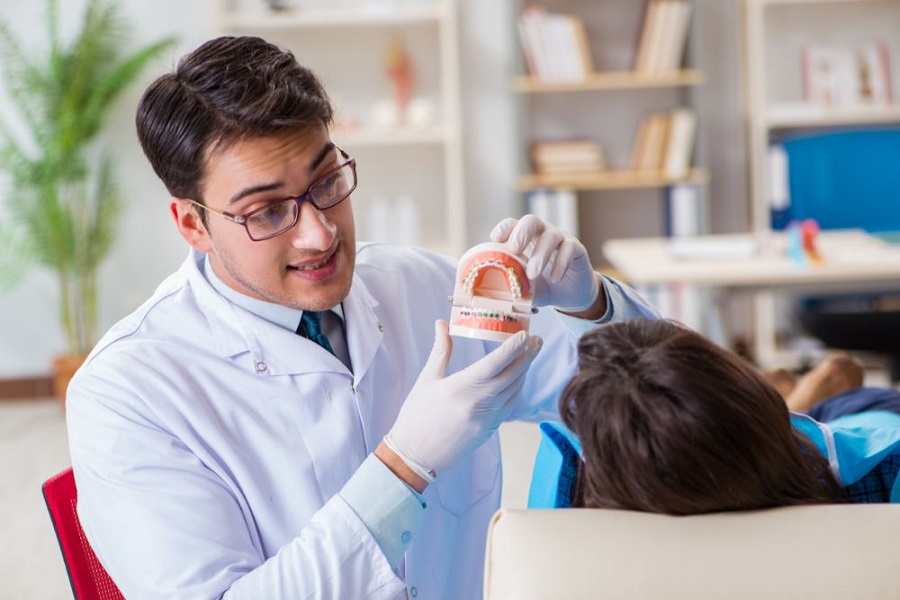Orthodontics are during the period of rapid growth of children’s teeth.
For example, the eruption of large teeth is a period of rapid growth.
The first is the deciduous tooth (tooth adduct) stage: if the deciduous teeth appear irregularly arranged or the dentition is reversed (the tooth adduct) (ground wrapping) and the opening (the tooth adduct) (the partial teeth cannot be occluded), it should be obtained. Early correction, the age of treatment is about 3 to 6 years old. At this time, the permanent teeth of the child have not erupted, and the roots of the deciduous teeth have not been absorbed, which is relatively stable. It can be corrected by wearing an intraoral movable aligner. The course of treatment is about 6 About months, early treatment is of great benefit to the normal development of the child’s maxillofacial region. If not corrected in time, the deformity may be aggravated during this period of rapid growth.
The second is the mixed tooth (tooth-shaped addition) period: about 7 to 11 years old, when the new permanent teeth begin to erupt, the teeth grow rapidly, the occlusion is unstable, and it is a period of multiple dental deformities. The main reason is the premature loss of deciduous teeth, which reduces the length of the dental arch and causes the teeth to not be aligned. Such children should be fitted with space maintainers; the premature loss of deciduous teeth closes the gap, resulting in insufficient space for permanent teeth to erupt and cause dental deformities. Tooth deformity caused by bad oral habits or hobbies, while overcoming and changing bad habits, according to different situations, movable or fixed appliances can be used in different degrees from mild to severe, and even with extra-oral plastic force to correct the dentition . The third is the period of permanent teeth (tooth-shaped addition): all the deciduous teeth have been replaced, and the second and third teeth erupt in another period of rapid growth, usually around 12 to 18 years old. At this time, the diagnosis of dental deformity is It is relatively clear that the correction during this rapid growth period is fast and the correction effect is stable. If you have missed the above correction period, you can still have adult orthodontics after the age of 18 to establish a good occlusal relationship and relieve crowded and disordered teeth to prevent or treat periodontal disease and caries. At this time, orthodontics can adjust the axial direction of the teeth to facilitate implantation or restoration, restore the functions of mastication, language, and temporomandibular joints, and improve the appearance of the face. For severe deformities, orthognathic surgery can be performed, and the effect is very obvious.
Therefore, it is not absolute to determine the best time for orthodontic treatment, and the doctor will decide according to the different types of dental deformities and the growth and development of individuals. However, for many patients with facial deformities caused by teeth, timely treatment can get twice the result with half the effort.






























